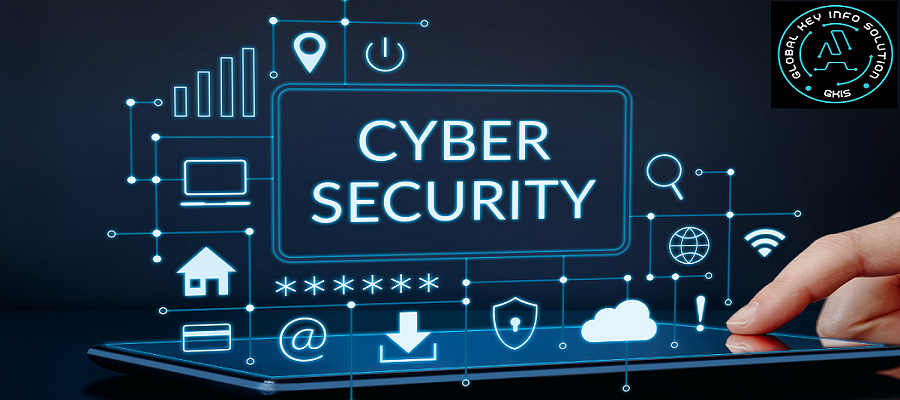What is Cybersecurity?
Cybersecurity refers to the practice of protecting computers, networks, programs, and data from unauthorized access, attacks, damage, or exploitation. It encompasses various technologies, processes, and practices designed to safeguard digital information and prevent cyber threats.
How to protect your online presence?
In today's digital age, safeguarding your personal data is more critical than ever. Cyber threats continue to evolve, making it essential to stay proactive in protecting your digital assets and personal information. In this blog post, we'll discuss ten essential cybersecurity tips to help you fortify your defenses and keep your personal data safe from online threats.
Here are essential cybersecurity tips to help safeguard your online presence:
1. Strengthen Your Passwords
Discuss the importance of using strong, unique passwords for each online account. Provide tips for creating robust passwords, such as using a combination of letters, numbers, and special characters, and suggest the use of password managers to securely store and manage passwords.
2. Enable Multi-Factor Authentication (MFA)
Explain how MFA adds an extra layer of security by requiring additional verification steps beyond just a password. Encourage readers to enable MFA wherever possible, especially for sensitive accounts like email and online banking.
3. Keep Software Updated
Highlight the significance of regularly updating operating systems, applications, and antivirus software to patch security vulnerabilities. Provide guidance on enabling automatic updates and conducting manual checks for software updates.
4. Beware of Phishing Attacks
Educate readers about the dangers of phishing attacks and how to recognize common phishing tactics, such as suspicious email sender addresses and requests for sensitive information. Offer tips for verifying the legitimacy of emails and avoiding clicking on malicious links or downloading attachments from unknown sources.
5. Secure Your Wi-Fi Network
Explain the importance of securing home Wi-Fi networks with strong passwords and encryption protocols. Advise readers to change default router passwords, enable WPA2 or WPA3 encryption, and hide their Wi-Fi network's SSID to prevent unauthorized access.
6. Encrypt Your Data
Discuss the benefits of encrypting sensitive data both at rest and in transit. Explain encryption methods such as full-disk encryption for storage devices and SSL/TLS encryption for securing internet connections.
7. Practice Safe Browsing Habits
Offer tips for safe web browsing, such as avoiding clicking on suspicious ads or pop-ups, verifying website security certificates, and using browser extensions like ad-blockers and anti-tracking tools to enhance privacy and security.
8. Minimize Information Sharing
Encourage readers to be mindful of the information they share online, especially on social media platforms. Provide guidance on adjusting privacy settings to limit who can access personal data and advise against oversharing sensitive information.
9. Stay Informed and Educated
Emphasize the importance of staying informed about the latest cybersecurity threats and trends. Encourage readers to regularly educate themselves about best practices for protecting their digital assets and to seek out reputable sources for cybersecurity news and updates.
Conclusion
In conclusion, safeguarding your personal data requires a proactive approach and a commitment to implementing robust cybersecurity practices. By following the ten essential tips outlined in this blog post, you can strengthen your defenses against online threats and protect your digital assets from unauthorized access and exploitation.





Comments (0)